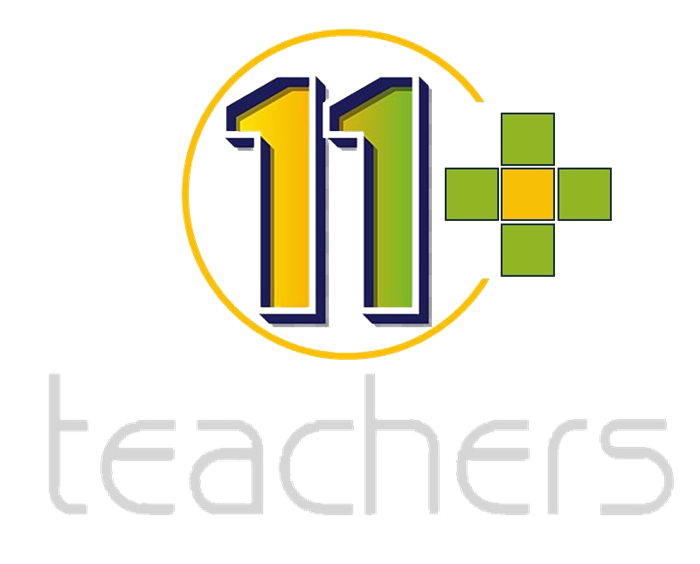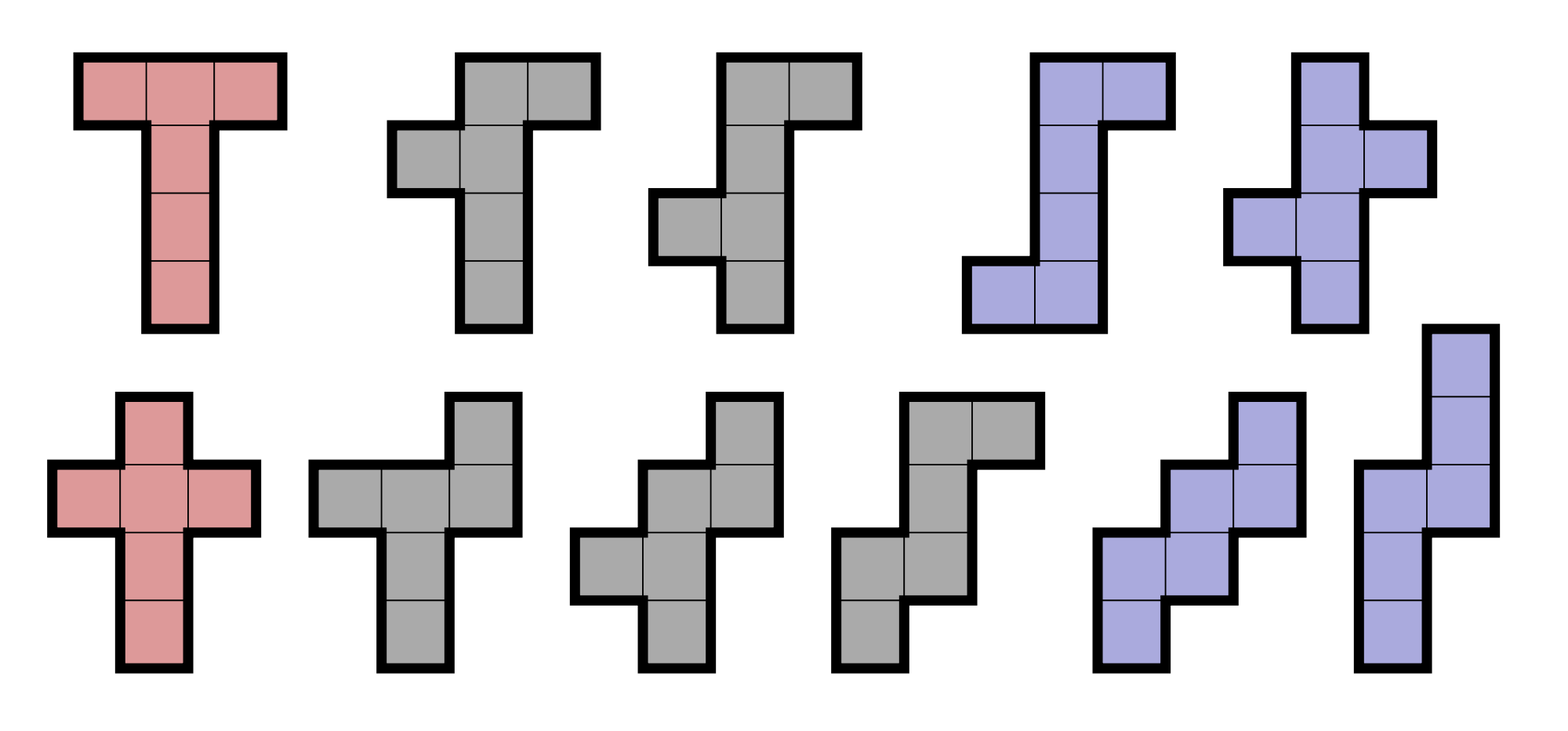Nets of Cubes
A Net is a 2D representation of a 3D shape that can be folded to form the 3D shape that it represents. A net of a shape is what it would look like if that shape was opened out flat.
It is a part of wider section “Shapes and Space” encompassing 2 D and 3 D shapes. It expects a student to visualise a particular shape which can be seen directly or which can not be seen directly.
For most students, visualising how the net folds to form a cube, is a difficult concept. These questions are a regular occurrence in 11 plus entrance exams and are also important for the CEM (Durham University) exam.
This section is a classic combination of various topics from Non verbal Reasoning – shapes, visualisation, rotation, reflection, movement, sequence etc.
The nets can be of any solid shape like cylinder, cone, pyramid, cube. But in 11 Plus exams, they have been asking questions on Nets of Cubes only till date.
Simple exercises at home will help a student to understand the concept and visualise the shapes and their side.
Exercise 1:
Lets take a cardboard box at home. Mark all the faces of this box with some number or alphabets. Now open the faces of this box. Look at all the faces and their numbers marked. Understand which side they are visible. Now you can turn this box in any direction or swivel also. Make it sit on different face. Don’t look at it. Try to draw the open figure on a piece of paper and visualise which number will come on which side. Then open all the faces of the box and check your drawings matching with the open faces.
This basic exercise at home will improve your visualisation ability. Try this on different types of boxes such a s cylindrical, cone etc.
Once you have practiced it well then you can try next exercise.
Exercise 2:
Draw the open faces of a solid shape you wish to. For an example take a cube. Cut the paper alongside the edges. Give numbers to all faces from outside. Now try to fold this cut out into the shape of a cube. Look at the numbers of the faces. Try to study this pattern.
Think about different pattern of cut-out which can make the cube.
Simpler way of this is to cut 6 same size squares. Try to arrange then in a cut-out shape which can be folded into a cube. Mark each square with a number or an alphabet.
Rearrange these squares in to various cut-out shapes to be folded into a cube. Try to study which number appears on which face.
This exercise requires more practice to identify the face positions quickly.
Normally, in 11 plus exam, the number of questions on Nets of Cubes vary from 1 or 2. But if you are good at it then it is an easy scoring question in no time.
Three different types of questions can be asked:
1: A net is given and the student must identify the cube that can be formed from the given net.
2: A net is given and the student must identify the cube that cannot be formed from the given net.
3: Three or four different views of the same cube are given and the student must identify the correct net of the cube.
To visualize, below is one type of net. And you can see how it looks after folded into a cube.
To practice, look into different types of nets as below. Try to study then and fold them into various cubes. Don’t forget to mark the number or alphabet on each face and guess which face will be on which side.

